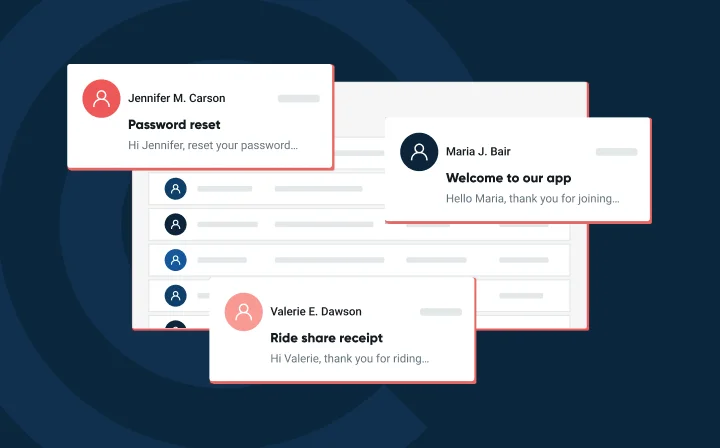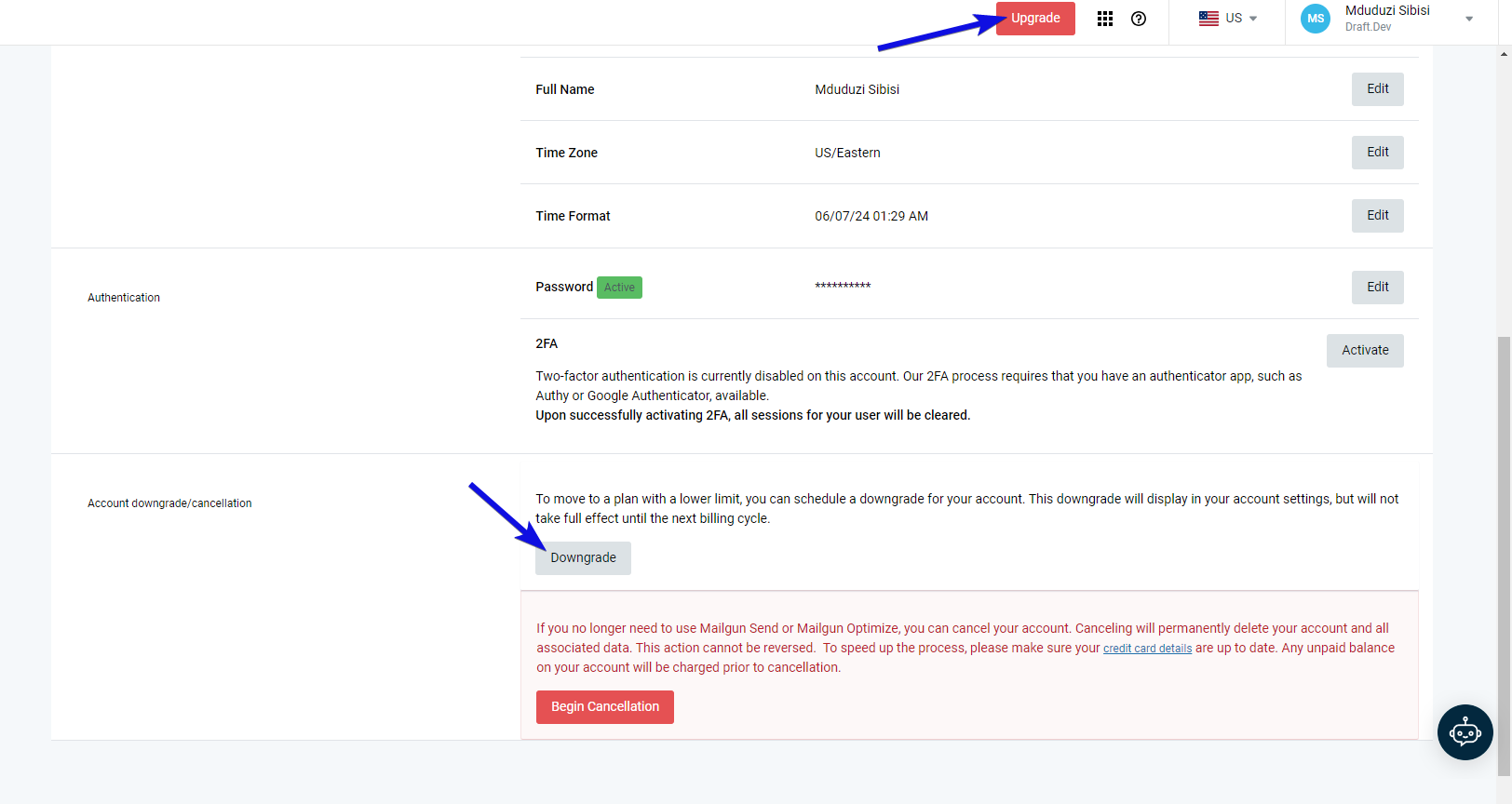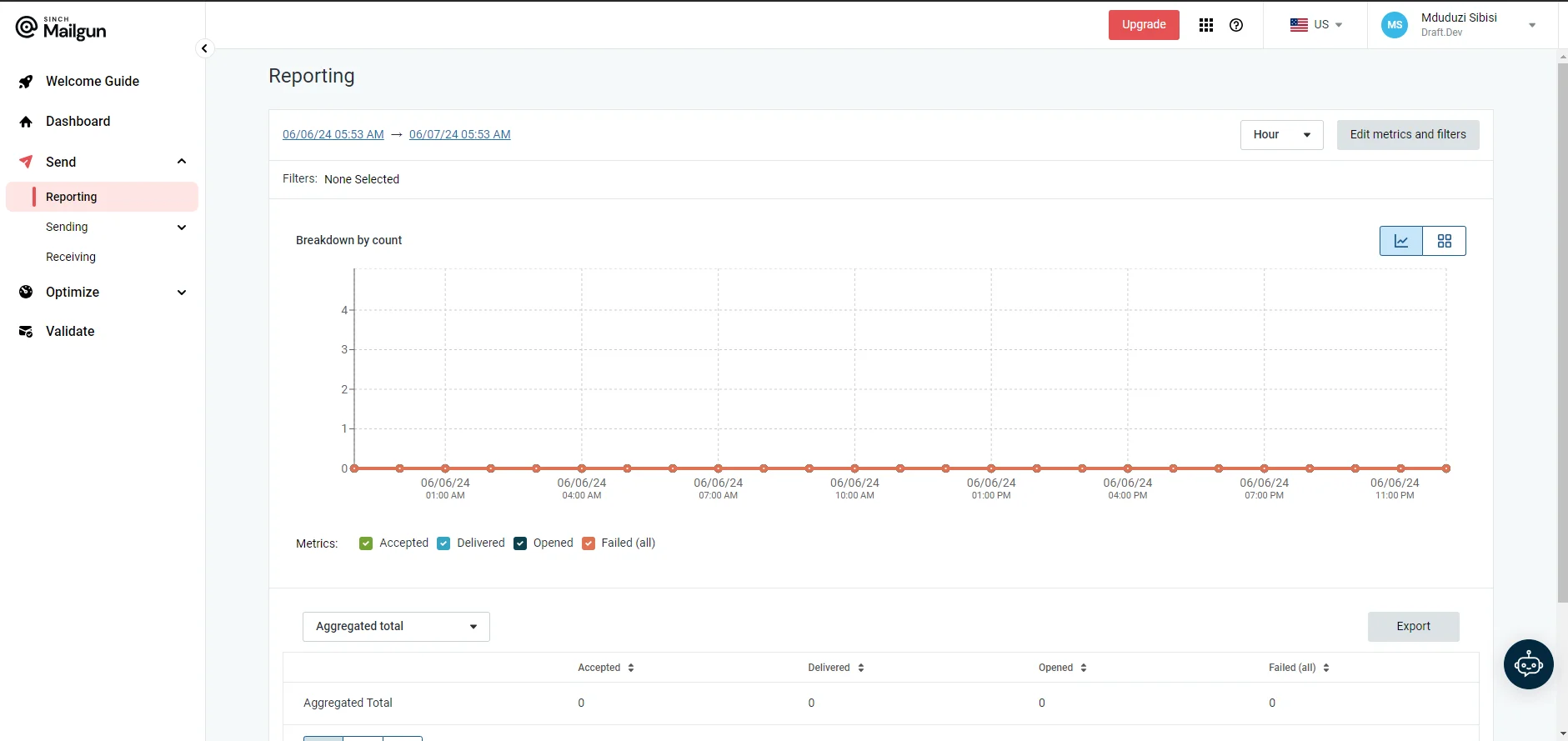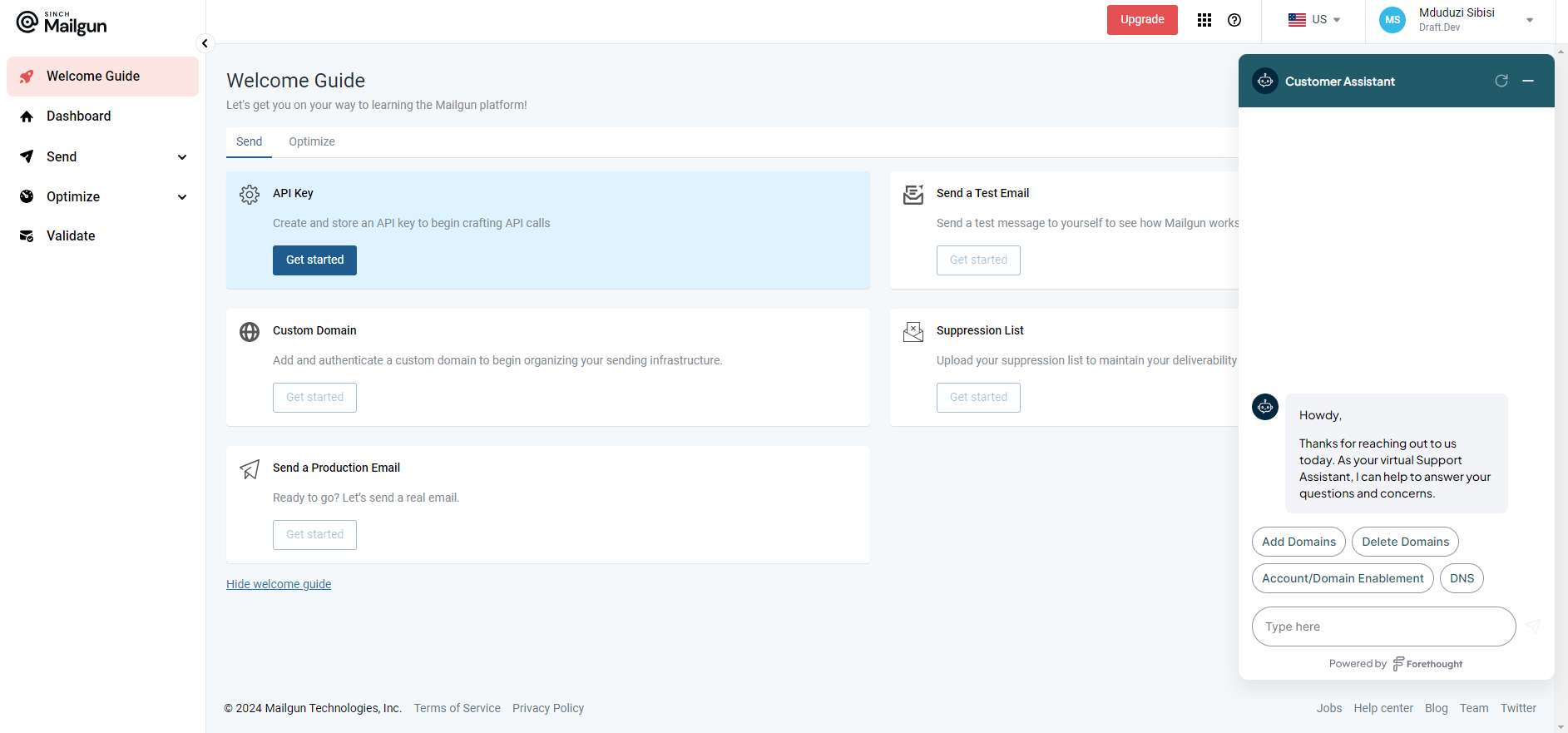What to look for in a transactional email provider


For many developers, transactional emails have been the go-to method to send timely website and application notifications and alerts about abandoned cart reminders, order confirmations, and other account updates.
While many programming languages come with built-in multipurpose internet mail extensions (MIME), messaging features, and APIs, they’re typically insufficient to handle large-scale automated transactional emails from a system with diverse endpoints. You need a more centralized solution that allows you to handle, monitor, and manage your transactional emails for all your apps and websites. This is where transactional email providers come in.
But with so many different options on the market, deciding which one to use can be overwhelming. This guide examines what makes a good transactional email provider and explores the criteria you should use to determine which suits you best.
Your provider’s ability to handle transactional emails from a variety of disparate sources is one of the first parameters you should use to gauge its quality. This means that it should be able to easily integrate into your software development infrastructure or products and produce uniform outputs for each, regardless of source.
Technologies and paradigms such as edge computing, the Internet of Things (IoT), and distributed systems have allowed us to develop infrastructure and applications with more dynamism and scalability. However, they’ve also increased the number of endpoints that can potentially trigger transactional emails.
For instance, if you’re supplying your applications across different platforms, such as smartwatches, desktop computers, and phones, you want to ensure your transactional emails are triggered as consistently as possible.
Generally, there are two main ways that you should be able to integrate a transactional email provider into your application:
While it’s important to ensure that your transactional email provider offers these integration methods, it’s also a good idea to consider the extent of coverage. For instance, SDKs and libraries tend to be specific to certain programming languages. The programming languages and platforms your candidate provider offers are a good indicator of its quality. It should at least support the most widely used platforms and languages, including Python, Java, Microsoft .Net, and JavaScript (Node.js).
Even if a provider supports all your current implementation requirements, remember to also think about the long term. If you decide to adapt or migrate your source code to a new platform in the future, will you be able to easily transition your transactional email provider’s SDKs and libraries too?
Along with multi language SDK and library support, your transactional email provider should also offer ample API documentation. Preferably, their documentation should be formatted according to the standards and best practices of the platform (e.g., Javadoc) so that the familiar format makes it easy to navigate.
One of the biggest advantages of outsourcing your transactional email needs to a third-party provider (as opposed to writing and maintaining a platform of your own) is that you get to delegate much of the email security to them.
First, ascertain if the company providing the transactional email services adheres to and complies with all the relevant data privacy and protection regulations, including CAN-SPAM and the GDPR. Adherence to such regulations is a useful indicator of how security-conscious the provider is.
Next, you must consider the authentication methods the service offers. Regardless of whether you’re handling messages with sensitive information (such as payment details), you need to ensure that you can authenticate and encrypt them. Bad actors can use information from the most seemingly innocuous email messages to launch or further cyberattack campaigns.
A few authentication methods the provider should offer include the following:
DMARC is considered the most important for businesses. It protects domains from being used in business email compromise attacks by verifying email senders using a combination of the Domain Name System (DNS), DomainKeys Identified Mail (DKIM), and Sender Policy Framework (SPF) protocols.
Transactional emails often serve as the first line of communication during service disruptions, delays, product defects, or other issues. They help businesses respond faster and ensure customers know their issues are being addressed with high priority. If customers do not receive transactional emails on time at such times, your business will likely receive higher customer service requests for confirmation and other information.
Format short quote
Reliability matters. That’s why it’s important that transactional email services use robust retry strategies to ensure emails are delivered even when temporary issues occur.
In short, reliability matters. That’s why it’s important that transactional email services use robust retry strategies to ensure emails are delivered even when temporary issues occur. Here are some strategies they commonly support:
Keep in mind that the best retry strategy depends on the specifics of your system and the importance of the emails sent.
In addition to these retry strategies, the transactional email provider should also provide ample monitoring and alert tools that let you keep tabs on your delivery rates. You also want several ways to access these functions, such as dashboards and webhooks. The former allows you to quickly surveil your transactional email system in real time, while the latter allows you to create and integrate custom monitoring and notification features for your system.
The volume of transactional emails you’re sending can fluctuate significantly based on user actions, time of day, day of the week, and other factors. As your business grows, the number of transactional emails you need to send will also likely increase. A scalable provider can handle fluctuations and accommodate growth without impacting performance.
High volumes of emails can strain the resources of a nonscalable provider, potentially leading to slower delivery times and lower deliverability rates. Scalable providers are designed to maintain high performance even under heavy loads.
Scalable providers typically offer flexible pricing based on the volume of emails sent. This means you only pay for what you use, which can be more cost-effective. Scalable providers also allow you to flexibly upgrade or downgrade your plan if needed to send more emails without penalties. There’s no waiting for the next billing period or the end of the contract.

Some transactional email providers offer additional services to help you with growth. For instance, Sinch Mailgun provides additional deliverability services that put you in touch with a specialist who can help you optimize your transactional email strategy.
Analytics play a critical role in optimizing the performance of transactional emails. Analyzing metrics such as deliverability rates, open rates, click-through rates, and bounce rates give valuable insights into how your emails are performing and where improvements can be made. You can then use this information to enhance and enrich your software or services.
For instance, you can use click-through rates (CTR) to gauge how effective your welcome emails are. Your welcome emails may include links to other offers and resources, so analyzing CTRs can help you determine if you should optimize or restructure your welcome emails to improve engagement.
Your transactional email provider should not only make these metrics and data points available to you. How it makes them available is also important. Does it have a dashboard? If so, how well organized and intuitive is the dashboard? Can you add filters or adjust which metrics are used? How about data exportation—can you print or export data into a spreadsheet? These are some questions you can add to your review checklist.

Also consider your transaction email service provider’s retention policies. Some services offer a default 45-day retention policy, which is sometimes adjustable, while others let you set a retention policy of up to two years. Your use case will determine how important retention is. Generally, longer retention allows for better analytics. But keep in mind that your retention policy needs to adhere to the relevant data privacy rules and regulations of the regions in which you operate.
Even as seasoned software developers, there’s only so much you can fix by yourselves. You want to choose a provider that provides ample customer support to help mitigate and troubleshoot any issues that may arise.
As you assess potential providers, consider their customer care and support options and how well they match your own communication style and requirements. Is the provider reachable via email, phone, and social media? Do they have an AI customer assistant that can troubleshoot issues quickly? Some services offer around-the-clock customer support. These would typically be preferable over those that don’t as they cut down waiting times and allow you to resolve issues quicker.

The scope or depth of customer support you will receive will usually be plan dependent. Options such as dedicated live phone and chat are often only available via premium or enterprise plans. These pricier options can be worth it because they allow you to focus on delivering the main features of your services.
If you can’t currently afford higher-priced tiers, check whether free or cheaper support options include a knowledge base or help center since these resources often provide useful tips and answers to frequently asked questions. Also keep an eye out for community support forums. The developers you meet there have often encountered and dealt with the transactional email issues you might be facing.
Ample customer support helps you navigate any service disruptions as well as integration and usage problems. They also help you provide better service to your customers.
When choosing a transactional email provider, make sure you consider whether the solution meets your needs for the following factors:
Sinch Mailgun‘s transactional email API offers a clear and flexible pricing structure that provides developers with a variety of intuitive integration options. It offers a reliable platform to scale your email.